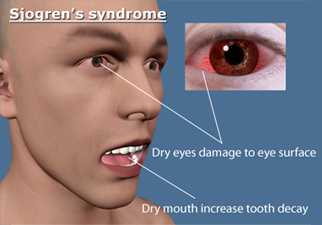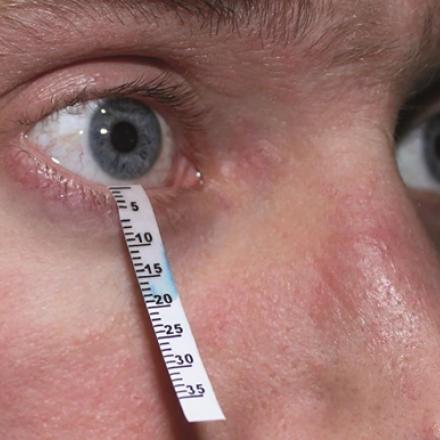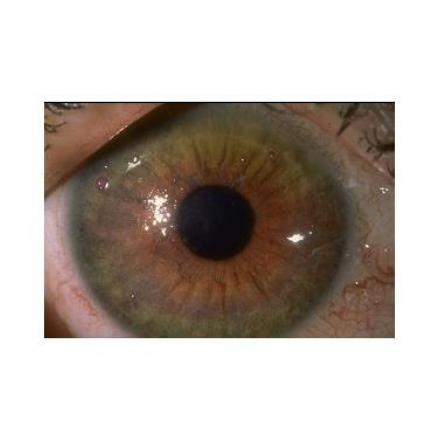
Sjogrens Disease
Sjogrens syndrome or disease is autoimmune disease in which there is abnormal production of antibodies which will act against body tissues with inflammation.
This disease will affect mainly lacrimal gland and its ducts causing dry eye and also these abnormal antibodies will act against salivary glands causing dry mouth and lips. It can be divided into primary Sjogrens syndrome with no defined connective tissue diseases and secondary Sjogrens disease which is associated with known connective tissue diseases most commonly Rheumatoid arthritis.
Other connective tissue diseases can be associated with secondary form are Systemic Lupus Erythematosus, Polyarteritis, Wegener's granulomatosis, diabetic disease, thyroid diseases and many other connective tissue diseases.
Symptoms of Sjogrens Disease
Symptoms of this disease are dry eye symptoms, dry mouth symptoms which include dry mouth (xerostamia ), dry lips, mouth sores and swelling, swallowing difficulties, dental decay and gum diseases and parotid infections with stones formation. Other symptoms which are specific for associated connective tissue diseases.
Diagnosis of Sjogrens syndrome includes:
1- Abnormal Schirmer's test. This test is used to diagnosis dry eye. It measures aqueous layer deficiency. This test involves measuring the amount of wetting of a special strip paper. This strip is inserted between the eye globe and lower eyelid for few minutes and the amount of wetting is measured.
2- Abnormality in salivary gland uptake and flow which can be measured by salivary sialography and scintigraphy.
3- Inflammation in salivary gland with lymphocytes infiltration which can be diagnosed by a sample or biopsy from minor salivary glands.
4- Autoantibodies or abnormal antibodies which can be detected in patient's serum. These autoantibodies are rheumatoid factor, antinuclear antibody and antibodies to sjogrens antigen A (SS-A or Ro) and antigen B (SS-B or La). The most common one is anti-Ro which is found in 75% in primary sjogren and in about 15% in secondary form.
Treatments of Sjogrens Disease
There is no cure for sjogrens syndrome. Treatments are mainly symptomatic that include dry eye treatment and dry mouth (xerostomia) treatment. Palliative treatment for xerostomia are frequent sipping of fluid and artificial saliva preparations. Patients should avoid sugary beverages and candies because these may promote tooth decay.
Oral pilocarpine like Salagen and cevimeline (Evoxac) can be used to stimulate gland secretion which may offer relief for both dry eye and dry mouth.
Plaquenil which is hydroxychloroquine may delay the progression of sjogrens disease and reduce the severity of associated symptoms.







